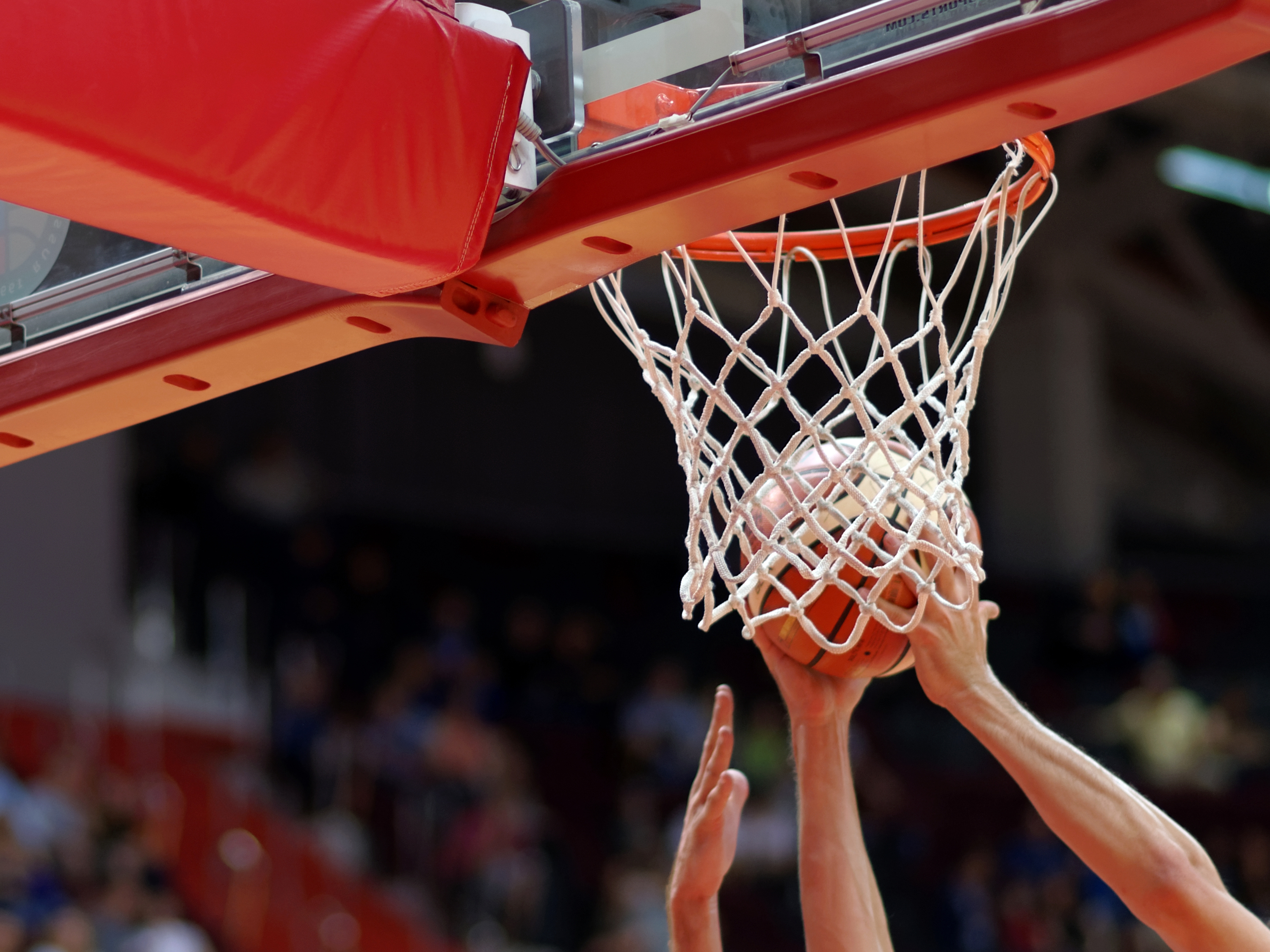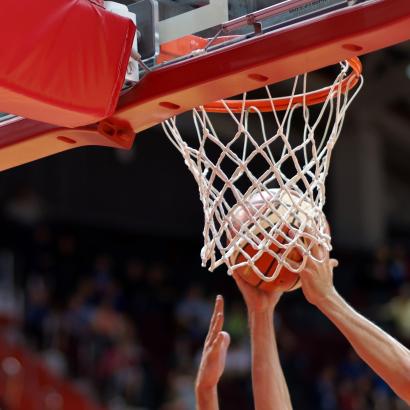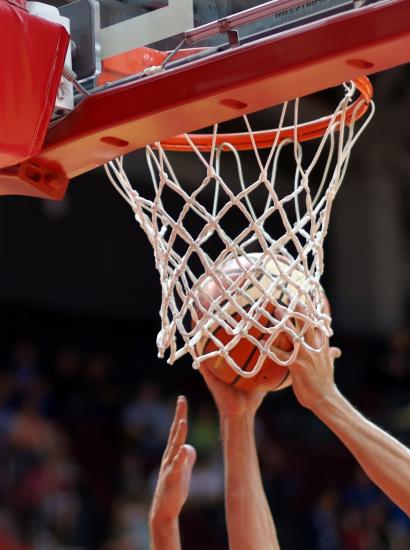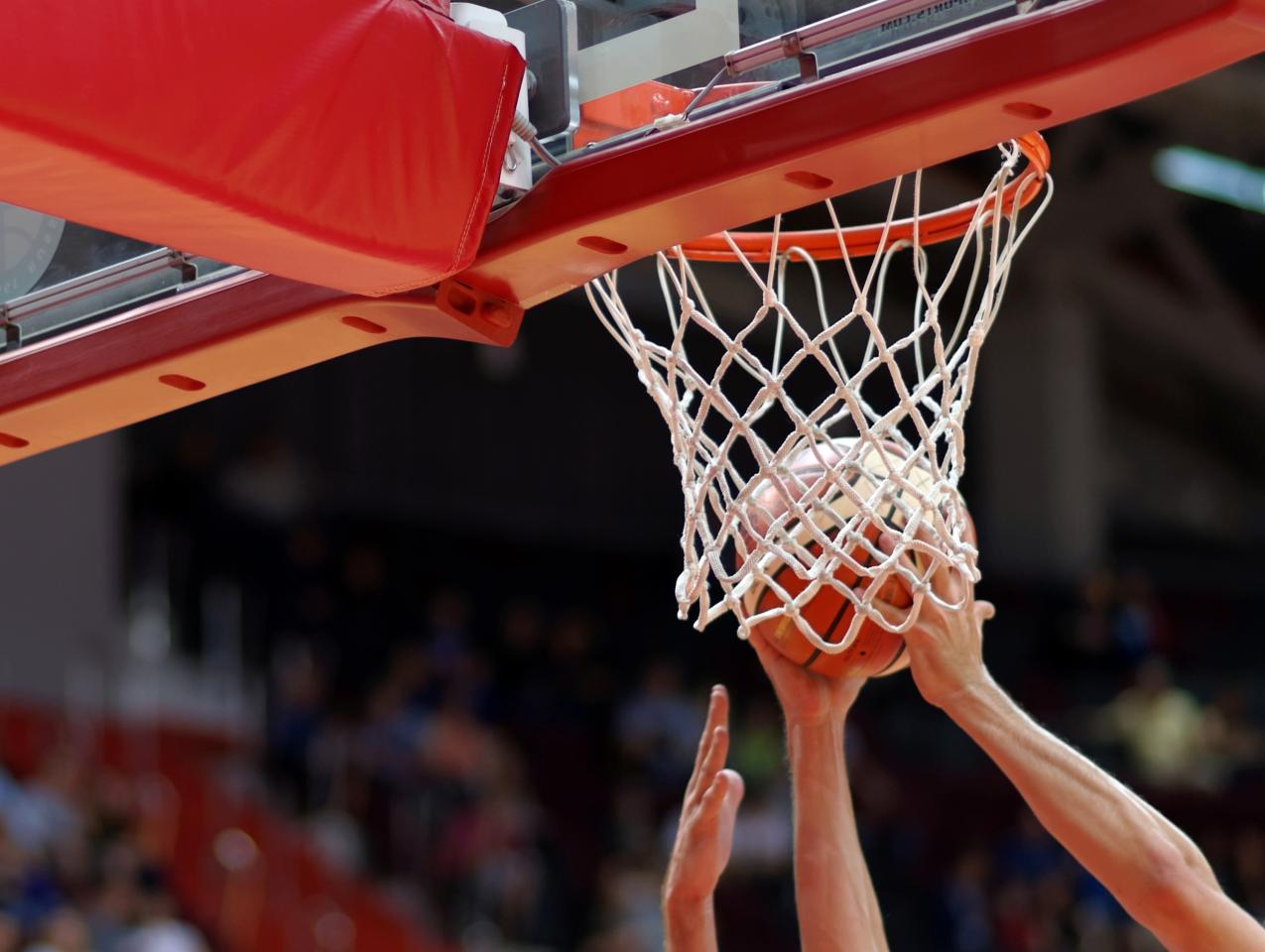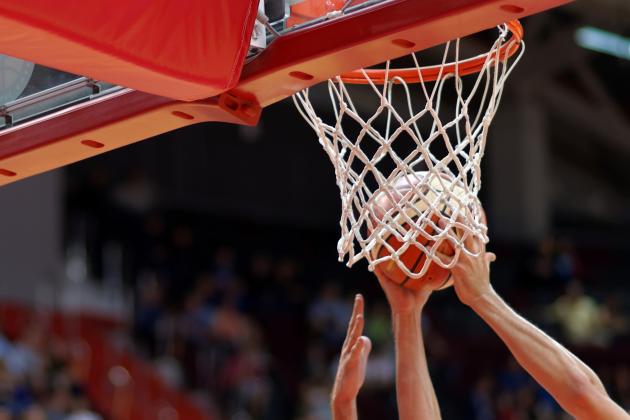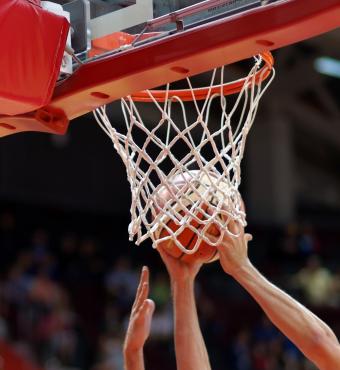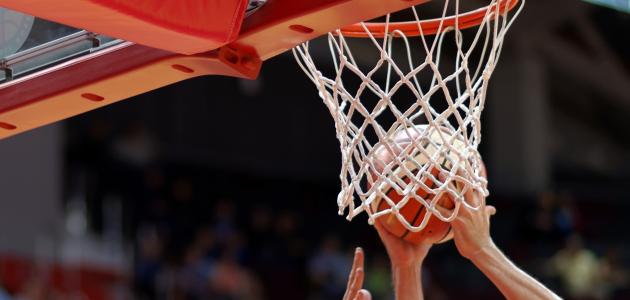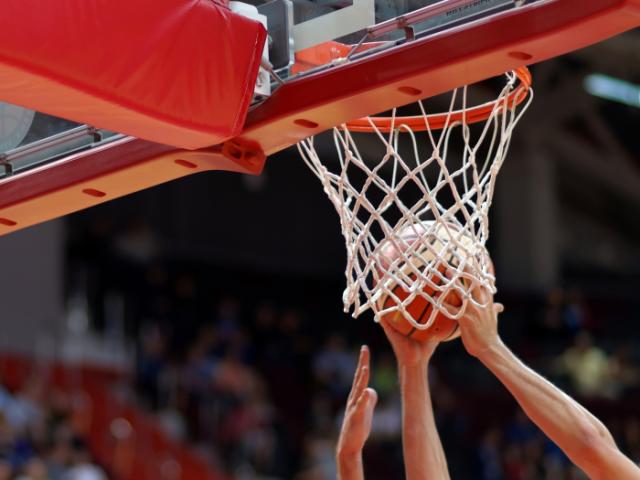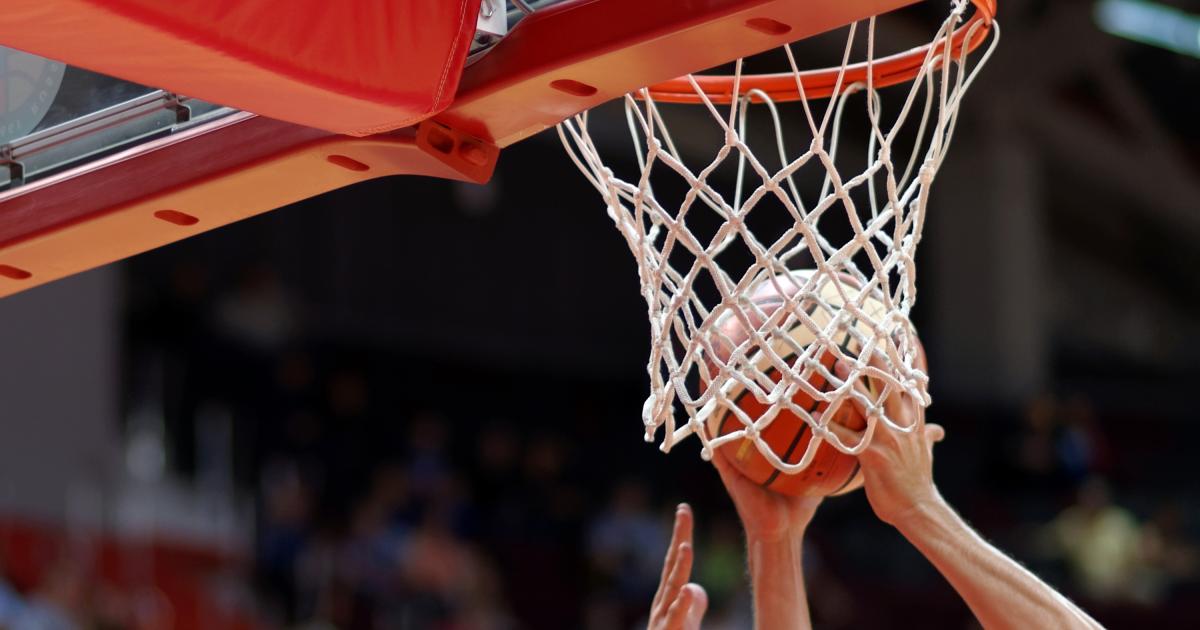- Education
- Law & Policy
- Politics, Institutions, and Public Opinion
- State & Local
- California
Last week, California governor Gavin Newsom signed into law California’s Fair Pay to Play Act, which will allow California college athletes to sign commercial deals for the use of their identities and likenesses. The law, which will also allow student athletes to hire agents to negotiate on their behalf, will take effect in 2023. This could be the law that upsets the NCAA’s long-standing cozy apple cart that has successfully funneled almost all collegiate athletic revenue to universities, and the economics of this law are fascinating.
California becomes the first state to cross the NCAA’s line in the sand that presently allows college athletes to only receive scholarships that cover tuition, fees, and reasonable school-related expenses, despite the fact that the athletes—particularly the stars—are the ones who represent the scarce factor of production and create the lion’s share of the revenue.
The law is being touted by Newsom and many others as a game changer that will forever alter the landscape of college athletics by making it illegal for colleges to prevent their student athletes from being compensated for the use of their likenesses and identities.
If implemented today, the law would have little immediate effect. There currently are simply too few college athletes in the state whose likenesses would command substantial value. There are only two sports that generate revenue at the college level—football and basketball—and there are only four California universities that would be part of this conversation: Stanford, UC Berkeley, UCLA, and USC, all of which are part of the Pacific-12 conference within the NCAA.
But none of these universities currently have premier basketball or football programs with players in the national spotlight. And the Pac-12 conference has lost much of its athletic prominence.
At one time, USC was one of the most storied football programs in NCAA history, with several national championships, All-Americans, and Heisman Trophy winners. But the Trojans have fallen on tough times with just one successful season since former head coach Pete Carrol left in 2009 to become coach of the Seattle Seahawks of the NFL.
USC is probably wishing that this law had been in place 15 years ago, when Reggie Bush was playing. Bush, a spectacular collegiate running back and perhaps the most visible college athlete of that time, was implicated by the NCAA when his stepfather and his mother were found to be living rent-free in a home owned by an agent who wished to represent Bush as a professional.
The NCAA came down hard on USC for this violation, and USC football has never been the same. This is exactly the type of violation that would have been permissible had California’s new law been in place at that time.
UCLA, USC’s crosstown rival, is now on the verge of becoming irrelevant in college football, despite recently having All-American quarterback Josh Rosen, now with the Miami Dolphins. UCLA has fired six coaches in the last 20 years, and current coach Chip Kelly is in the hot seat with a 4-13 record since taking over in 2018.
UCLA at one time had a premier basketball program under legendary coach John Wooden, with ten national championships. But UCLA has not challenged for a national championship in over a decade.
It is unclear whether any current California collegiate football or basketball player’s likeness could have significant value.
But even though the new law is not a current game changer, it will be one by being the domino that starts an entire cascade of future changes in college athletics. One key change is that the opportunity to be compensated for one’s likeness will give California an enormous edge in recruiting high school superstars.
For example, take Zion Williamson, last year’s NCAA basketball player of the year. He is widely considered to be a once-in-a-generation talent, perhaps on par with current NBA star LeBron James.
Williamson, who attended Duke University last year as a freshman, and who was the NBA’s number-one draft pick last spring, recently signed a $75 million shoe contract with Nike before taking one dribble in the NBA. There is little doubt that Williamson could have earned millions through the licensing of his identity while playing collegiate ball. Put differently, future Zions will have to forgo millions if they do not attend a California college.
This enormous recruiting advantage for California creates the second domino to fall in the coming cascade, as it will put pressure on other states to adopt similar laws so that their colleges will be able to compete with those in California. This is already happening in several states.
The NCAA, which purports to represent both colleges and student athletes, is of course against this change. Behind its current facade, the NCAA is a cartel that is investigator, prosecutor, judge, and jury all rolled into one when it comes to policing programs according to an endless and byzantine set of rules.
Newsom and the California legislature hope that the domino cascade continues by forcing the NCAA to confront this issue and make its own changes. If the NCAA does not, and it abides strictly by its own book, then California universities will not be complying with NCAA rules.
Further, this means that the current Pac-12 would have to become the Pac-8 and lose their four valuable California schools. The conference presently has a $3 billion broadcast deal with Fox and ESPN that ends in 2024. Without its California schools, the hypothetically reconstituted Pac-8, which would include schools with little visibility such as Washington State, Oregon State, and Colorado, would have relatively little bargaining power when it comes time to negotiate a new contract.
The NCAA is desperately trying to keep the revenue genie in the bottle to keep the cash flowing to its member universities. But this becomes increasingly difficult as college football and basketball create even more revenue each year and as the source of this revenue becomes even more obvious.
What the NCAA needs to realize is that California has effectively let the genie out of the bottle on their own. Will the NCAA try to stuff the genie back in, or will it adapt to a world of sports and business that is remarkably different from the one that the NCAA was created to supervise, and which has changed very little over time?







